HIDDEN DIAMOND FLAWS AND INCLUSIONS
LOOK AT ALL THE WAYS DIAMOND FLAWS CAN HIDE
This post contains affiliate links. If you use these links to buy something I may earn a commission. Thanks! As an Amazon Associate I also earn from qualifying purchases.
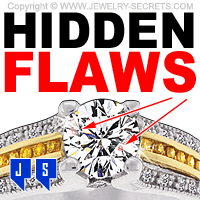
Believe it or not, but some Diamond’s Flaws and Imperfections are hidden from eye sight.
Some are hidden purposefully, others hidden by accident!
It’s almost shocking to think about!
Either way, you should understand how they hide and why they hide so you don’t let it happen to you!
Let’s look at 7 different ways your Diamond’s Flaws can hide…
I’ll bet you didn’t know there were that many… Let’s begin!
How Diamond Flaws Hide
- The Flaws are not in focus under Magnification.
- The Flaws are hidden under a Prong.
- The Flaws are hidden by the Mounting.
- The Flaws are hidden under a Facet.
- The Flaws are on the Bottom of the Diamond.
- The Flaws are not marked on the Diamond Plot.
- The Flaws are hidden by Brilliance and Sparkle.
Now let’s take a closer look at these Inclusions and Flaws that seemingly vanish!
1) The Flaws are not in Focus under Magnification
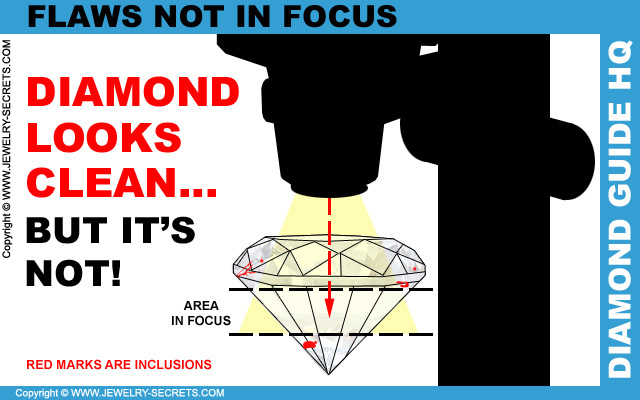
10x Powered Magnification has a very limited depth of field. In order to see everything that’s inside of a Diamond you’ll need to move the Microscope’s Lens up or down to see what’s at the Top, Middle and Bottom portion of the stone.
So if you’re looking at Diamonds in a Jewelry Store and the Salesperson is showing you a Diamond under a scope, that Diamond could look clean (no visible Inclusions), until you adjust the depth of field to see the entire stone from head to toe.
You may be surprised at the appearance of Inclusions that were hidden or just out of focus.
One turn of the knob can make it all apparent!
2) The Flaws are hidden under a Prong
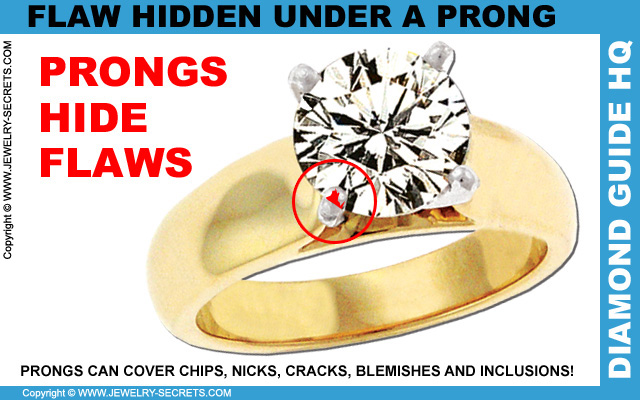
If you buy a Diamond that’s already mounted in an Engagement Ring or Wedding Set…
BEWARE!!!
That Diamond could have an Inclusion, Chip or Blemish near the edge of the Diamond that is now covered up by a Prong.
When a Diamond is pre-set in a 4 Prong or 6 Prong head, it could be hiding all sorts of nasty things that you would never know unless you removed the stone from the mounting, rotated the stone in the head, or accidentally broke a Prong off to uncover what lies beneath.
This is why you should NEVER buy a Diamond already mounted. Buy your Diamond Loose and have it set later. That way nothing is hiding your Flaws and covering up the truth.
The Jeweler may have known that the Diamond had Flaws and covered them up purposefully to hide them (sneaky sneaky). Or it could be an honest mistake. Some Jewelers buy Rings with the Diamonds already set in them (like customers) and would never know themselves unless they removed it from the mounting.
Either way, it’s a good lesson for all to only buy Diamonds (especially large ones) loose!
One single Flaw covered up by a Prong could mistakenly up the grade of that Diamond from an I1 Clarity Diamond all the way up to a VS Diamond. You could spend double the price for a stone thinking it’s better quality than it really is… Don’t do this!
Buy your Diamonds LOOSE and inspect the stone very well under 10x magnification (A 10x Jewelers Loupe is Perfect for this!).
But…..
I will say that there’s nothing wrong with Diamonds having small Flaws on the outside of a Diamond that’s covered up by a Prong… As long as you know about it!
That’s the key! If you know the Flaw is there and cover it up by a Prong, that’s an totally different story. Hiding a Flaw with a Prong is smart and the right thing to do. It makes your Diamond look better. You won’t be seeing that Inclusion on the side of your stone for life… It’s covered up!
If you know the Flaw exists and you cover it up, then all is good. It’s the mark of a Good Jeweler! You can cover up your Flaws to keep them from being obvious and standing out like a sore thumb.
It’s when you DON’T know that the Diamond has Flaws, that’s when the real problem begins. Because covering up the truth, is FRAUD!
3) The Flaws are hidden by the Mounting
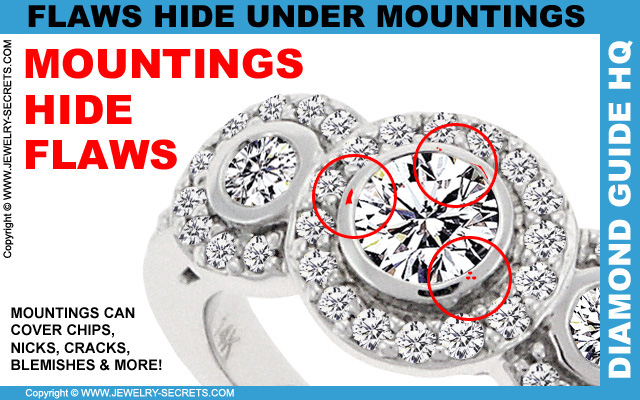
The Mounting (Whether it be 14kt Yellow Gold, White Gold or even Platinum) can also play a huge role in hiding the Flaws.
Mountings with Channel Set Diamonds, Tension Set Diamonds, Bezel Set Diamonds and Partial Set Diamonds can cover up part of the Diamond with metal that folds over the edge of the stone. This lip of metal holds the Diamond in the Mounting, but also covers up Inclusions in the process. It keeps the edge of the Diamond sight unseen.
Only when the stone is rotated, removed or part of the mounting breaks away do you see the Imperfections it was hiding.
Which is another reason you should always buy your center Diamond (the masterpiece) loose, and have it set later. That way, you’ll know exactly what’s in the Diamond and nothing will rear its ugly head.
4) The Flaws are hidden under a Facet
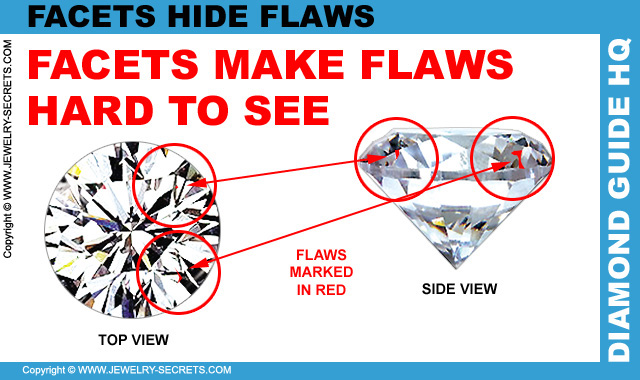
Fact: Facets hide Flaws!
Facets like Bezel Facets, Star Facets and Upper Girdle Facets circle the perimeter of the Diamond (around the top flat part of the Diamond called the Table) and help hide Flaws.
Any Flaw that falls underneath these angled, knife-edged Facets get harder to see. These Facets help bring in light into the stone. They play a huge role in getting light to bend, break into all the colors of the rainbow (called Fire) and return them in a dazzling play of light. The angled sides attract reflections as well which blinds out the Inclusions and makes it impossible to see below. You’ll see the light, but you won’t see the Flaws.
That’s why most people only see Flaws that happen to fall beneath the Table itself.
To see the Flaws under the Facets you’ll have to adjust your perspective. Turn the stone sideways in a Microscope, or upside down to capture these Inclusions without their blinding light. Now the Flaws have no where to go. :)
5) The Flaws are on the Bottom of the Diamond
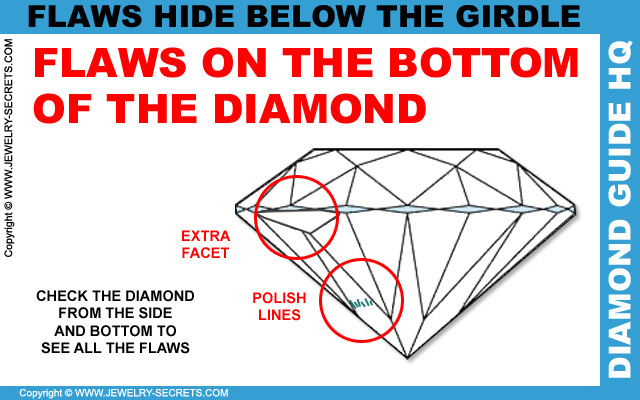
How many times do you view a Diamond upside down with 10x magnification? For most people, it’s NEVER!
Well, you should!
Keep in mind this is a very difficult task to do if the Diamond is already mounted… Always view the Diamonds loose to prevent obstructions!
Viewing a stone through the Pavilion (bottom portion of the Diamond from the Girdle down) can show you:
- Chipped Culets
- Extra Facets
- Nicked Girdles
- Laser Drill Holes
Most people view the stone straight down because that is how the Salesperson shows them. They never see the stone from any other angle. What a shame! There’s so much more to see than just the top view. Diamonds can hide Inclusions everywhere, you just need to know where to look.
Flip the Diamond Tweezers sideways and view the stone from all angles, sides and bottom. This will show you what a Diamond is really made of.
Bottoms up!
6) The Flaws are not marked on the Diamond Plot
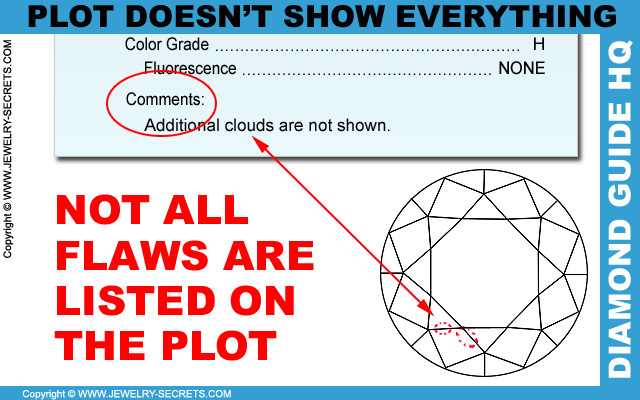
If you view a Certified Diamond (like the GIA Certificate shown in the example above) and look at the Diamond Plot, you may NOT see all of the Inclusions that a Diamond has.
Diamond Plots don’t show you everything.
Some things are redundant or insignificant, but still considered a Flaw. These are listed under the “Comments” section of the Diamond Report.
Things like:
- Additional twinning wisps are not shown
- Additional extra facets are not shown
- Additional clouds are not shown
- Surface graining is not shown
- Pinpoints are not shown
- INSCRIPTION: M&A
- Plus many more…
So view the Plot, read the Comments, and then view the stone under a microscope to see all of the hidden and unmarked Flaws.
7) The Flaws are hidden by Brilliance and Sparkle
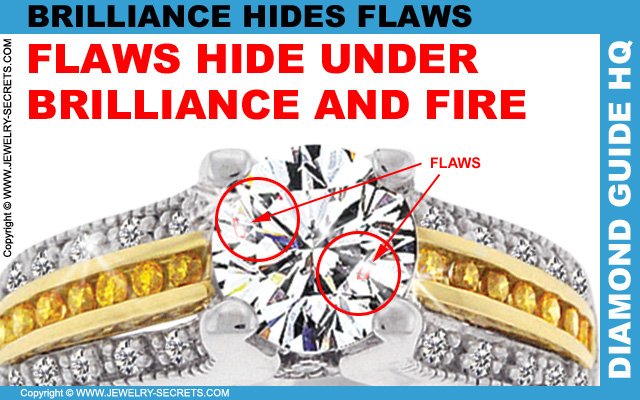
Light coming into and out of a Diamond (both White Light and Colored Light) really hides Inclusions well. You’ll notice this if you try to view a stone under a scope and all you see are Sparkles!
This Fact is GREAT!
And the better a Diamond is Cut, the better the Diamond will Sparkle and cover up those Flaws.
But, if you let your Diamond get dirty, caked with soaps, lotions, perfumes and what not, you’ll get a build up on the Diamond that will literally shut light out!
And, as less light comes into and out of the stone, the less Sparkle your stone emits, and the more Flaws will show up and be noticed. Hello Black Spots!
So if you suddenly start seeing Flaws in your Diamond that were not there before, maybe it’s time to Clean your stone! Plus, a dirty Diamond looks dull and lifeless and makes it look even more Included. Not cool!
Keep your Diamond Clean and the Inclusions and Flaws will hide in the beautiful light.
So now you know how Inclusions can hide. Once you know their secret though, they can’t hide for very long.
Better get out the Microscope…
It’s time to play Hide and Seek! :)




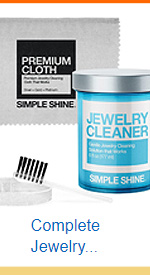
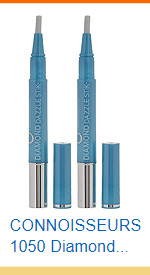

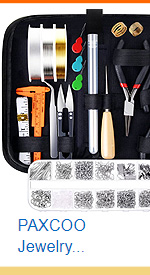
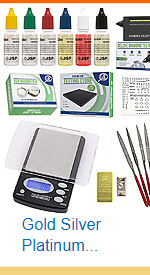
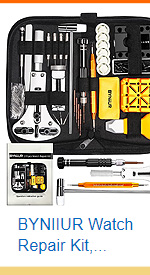
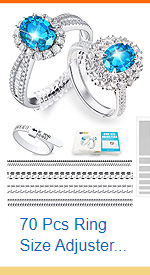
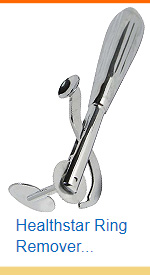
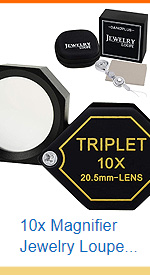
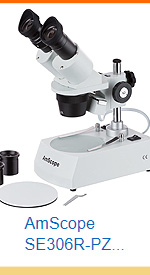




Leave a comment